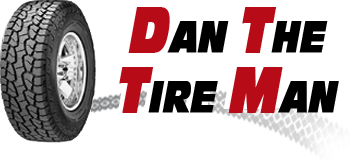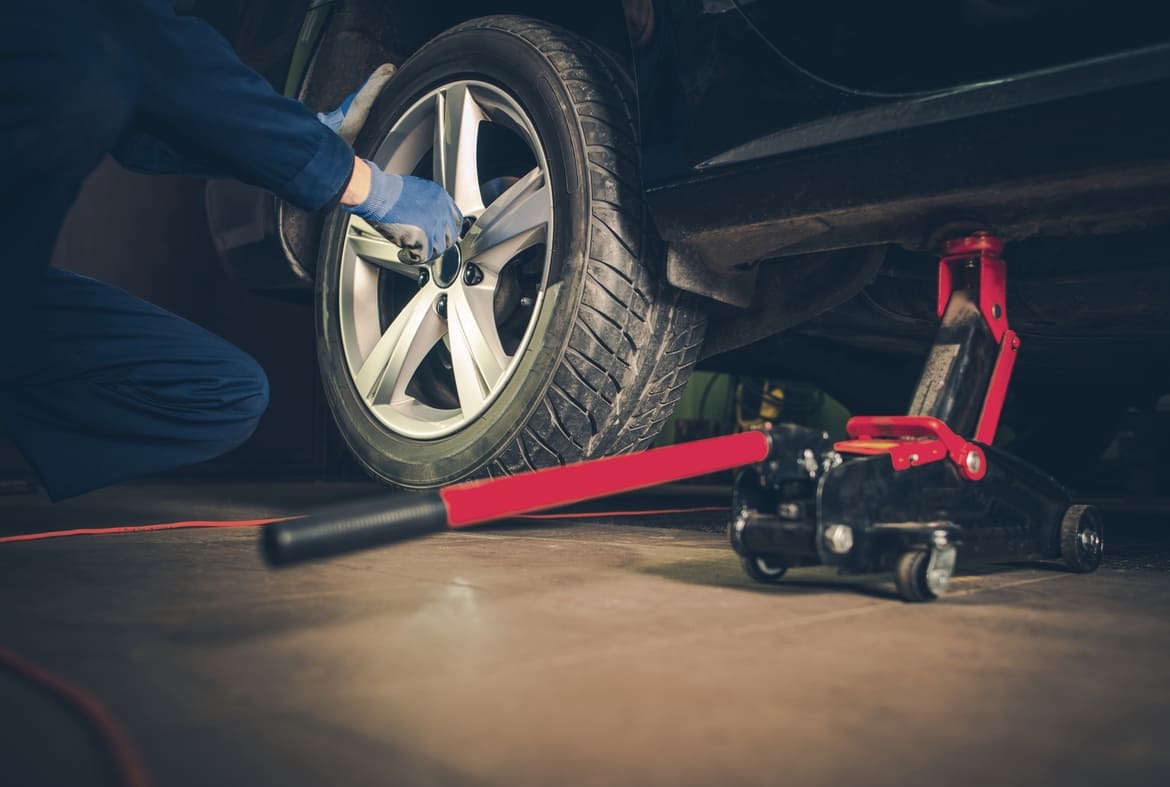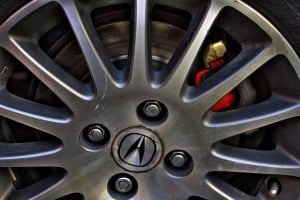Blog
- Posted: November 20, 2025Categories: BlogRead more »
The Ford F-150 is America’s best-selling truck — powerful, capable and trusted by millions of drivers for work, towing, hauling, off-road adventures and family driving. Because the F-150 is used in so many different ways, choosing the right tires is one of the most important decisions you can make.
This 1500-word guide breaks down the best tires for the Ford F-150 for:
- Towing and hauling
- All-terrain/off-road
- Highway and everyday driving
- Winter and icy conditions
- Budget-friendly options
Plus, it lists the most common tire sizes and includes internal link placeholders for your landing pages.
Ford F-150 Tire Sizes (Most Common)
Depending on trim and year:
- Posted: November 18, 2025Categories: BlogRead more »
The Honda CR-V is one of America’s most popular compact SUVs — reliable, comfortable and versatile. Whether you’re commuting, taking family trips or exploring off the beaten path, the right set of tires dramatically improves your CR-V’s handling, braking, comfort and fuel efficiency.
This 2025 guide covers the best tires for the Honda CR-V, broken down by category:
- Best All-Season Tires
- Best All-Weather Tires
- Best Winter Tires
- Best All-Terrain Tires
- Best Budget Tires
You’ll also find recommended tire sizes, driving-style suggestions, and internal links to your specific tire-size landing pages.
Let’s get started.
Honda CR-V Tire Sizes (By Year)
Here are the most common OEM tire sizes for the Honda CR-V:
- Posted: November 14, 2025Categories: BlogRead more »
Driving in snow and ice requires complete confidence in your tires. Winter weather can create hard-packed snow, slush, black ice, and freezing rain, and each of these conditions challenges your vehicle in different ways. The right winter tires transform how your car handles cold temperatures, helping you stop faster, corner more securely, and maintain traction when the road surface feels unpredictable.
This guide breaks down exactly what to look for in a snow tire, why they are different from all-season tires, and which winter tires perform the best for real-world driving. Whether you are replacing a full set or buying winter tires for the first time, this will help you make the right choice.
Why Winter Tires Are Essential in Snow and Ice
Winter tires are designed with one goal: to deliver dependable traction and control in cold
- Posted: November 11, 2025Categories: BlogRead more »
Every vehicle owner knows tires aren’t cheap and they’re not something you want to replace sooner than necessary. One of the simplest, most effective ways to extend the life of your tires is through regular tire rotation. Yet a lot of drivers either skip this entirely or aren’t sure how to rotate tires properly.
This guide explains everything you need to know about tire rotation patterns, when to rotate your tires, how tire type affects rotation, and why rotation matters for performance and safety. Whether you drive a sedan, SUV, pickup truck, or commercial vehicle, understanding tire rotation is key to maximizing your tire investment.
What Is Tire Rotation and Why Is It Important?
Tire rotation involves moving each tire to a different position on the vehicle. The most common reason is simple: tires do not wear evenly.
Why Tires Wear Unevenly
Several factors cause tires to wear at different rates:
- Posted: November 07, 2025Categories: BlogRead more »
If you’ve ever changed a tire at home, swapped between winter and summer tires, or taken your wheels off for brake work, then you’ve had to tighten the lug nuts back on. Seems simple enough: twist until it feels snug, right?
Well… not exactly.
Tightening wheel lug nuts correctly is one of those small details that makes a huge difference. When it’s done the right way, your wheels stay secure, your brakes behave the way they’re supposed to, and your ride feels smooth. When it’s done wrong? That’s when things get sketchy — wheels can loosen up, rotors can warp, studs can break, and you can end up with dangerous driving conditions.
The good news? Learning to torque your lug nuts properly is not hard at all. You just need to know why it matters, how to find the right torque spec, and the right method to tighten them. Let’s break it down in real-person language, no complicated mechanic
- Posted: November 05, 2025Read more »
Nobody likes filling up at the gas pump. Fuel is one of those ongoing costs that feels unavoidable, and for many drivers, it only seems to go one direction: up. The good news is that improving your gas mileage does not always require changing how you drive, paying for expensive service work, or trading in your vehicle. One of the simplest and most effective ways to improve fuel economy is choosing the right tires. Specifically, fuel efficient tires designed to reduce rolling resistance.
Fuel efficient tires are engineered to help your vehicle use less energy every time the wheels turn. They make it easier for your engine to maintain speed on the highway and easier for your electric motor to use its stored battery power efficiently. Even small improvements in how a tire rolls can translate into noticeable savings over time.
What Rolling Resistance Really Means
Rolling resistance refers to how much energy your car has to use to keep the tires moving.
- Posted: October 31, 2025Categories: BlogRead more »
If you’re looking at new wheels and tires — especially for a truck or SUV — you’ll see a term come up over and over:
Wheel Offset.
It’s one of the most important measurements when choosing wheels that fit properly, look the way you want, and don’t rub on your fenders or suspension. Offset determines how far your wheels stick out or tuck in, and it plays a big part in:
- Handling and steering feel
- Tire and fender clearance
- Wheel well appearance (flush, tucked, or “wide stance”)
- Suspension and brake component clearance
- Whether your tires rub when turning or hitting bumps
If your wheel offset is wrong, you’ll know it — either by rubbing, poor handling, or the wheels just looking off. But once you understand what offset is, choosing the right wheels becomes simple.
Let’s break it down in plain
- Posted: October 28, 2025Categories: BlogRead more »
If you love Continental’s confident road feel but aren’t sure which model fits your vehicle and driving style, this guide helps you narrow it down. Below are ten standout tires—matched by vehicle type, weather, and performance needs.
Quick Selector
Vehicle Type / Use Case Recommended Continental Tire Daily-driver sedans & commuters TrueContact Tour Luxury/touring sedans & premium crossovers PureContact LS Sporty daily & year-round grip ExtremeContact DWS 06 Plus Summer performance (track-capable street) ExtremeContact Sport 02 Crossovers & family SUVs CrossContact LX25 OEM-style highway SUV/CUV - Posted: October 21, 2025Categories: BlogRead more »
At DanTheTireMan.com, we’ve helped thousands of drivers find the right tires for their trucks, SUVs, trailers, and work vehicles; whether they’re hauling heavy loads every day or just want the peace of mind that comes with a stronger tire. One question that comes up constantly is:
“What exactly does Load Range E mean, and how much weight can those tires really handle?”
It’s a great question, because this rating affects how your vehicle rides, how much weight you can safely carry, and even how long your tires will last. Let’s break it down in plain English so you know exactly what you’re buying and whether Load Range E tires are right for your needs.
What “Load Range” Actually Means
When you look at a tire’s sidewall, you’ll see a string of letters and numbers — things like LT275/65R18 E. That last letter is the load range, and it tells you how strong the tire
- Posted: September 12, 2025Categories: BlogRead more »
When it comes to driving in winter, not all tires are created equal. While the classic “M+S” (Mud and Snow) marking is still common, it’s no longer the gold standard for true winter performance. Today, the Three-Peak Mountain Snowflake (3PMSF) designation is the trusted symbol that tells drivers a tire has been rigorously tested and certified for severe snow conditions. If you live in a snow-belt region, commute through icy passes, or simply want peace of mind when the weather turns ugly, understanding this symbol can make all the difference in your safety and confidence on the road.
In this guide, we’ll break down everything you need to know about the 3PMSF designation—what it is, how it’s tested, why it matters, and which tires carry it.
What Is the 3-Peak Mountain Snowflake Symbol?
The Three-Peak Mountain Snowflake symbol is exactly what it sounds like: a small icon of a mountain with three peaks and a snowflake inside. You’ll















